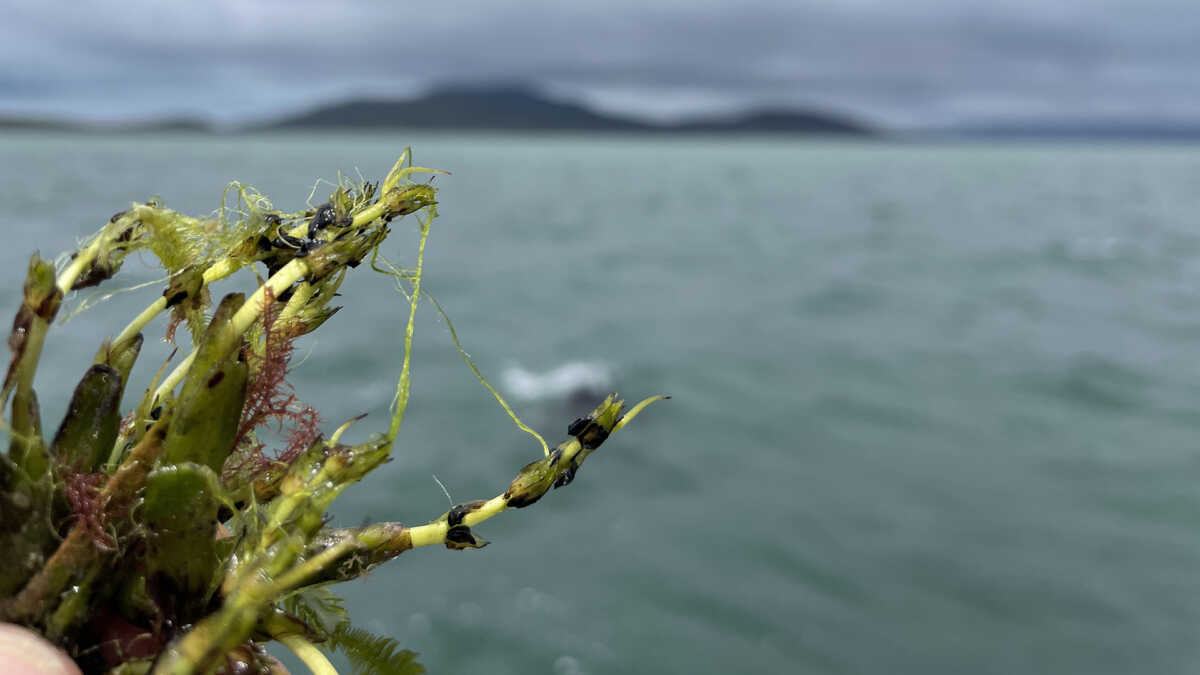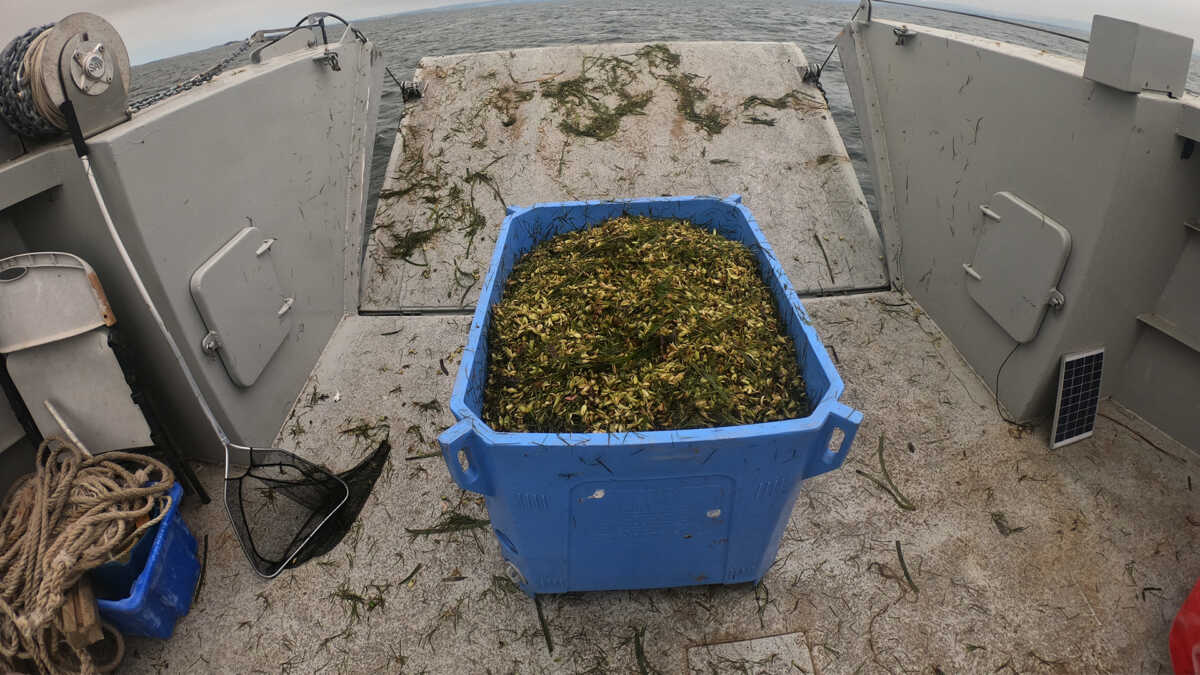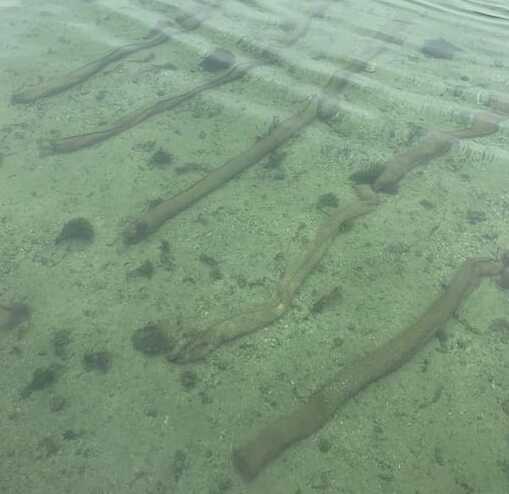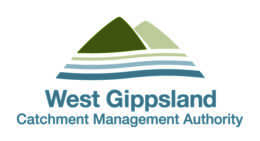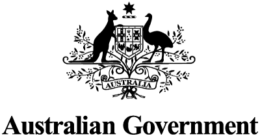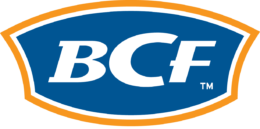OzFish are partnering with Yarram Yarram Landcare Network and Corner Inlet Fishers to build on the extensive Posidonia seagrass restoration efforts they have commenced in Corner Inlet, Victoria. Working together to restore this habitat means greater resources and shared knowledge to achieve a healthy and vibrant fishery for the future.
Deploy the sand snake recovery method over 6Ha
Build new partnerships between recreational and commercial fishers
To collect over 100,000 Posidonia seeds to be delivered to restoration sites
An internationally important Wetland
Corner Inlet is listed under the Ramsar Convention as a wetland of international importance, which provides a framework for national action and international cooperation to conserve the wetlands and use it wisely.
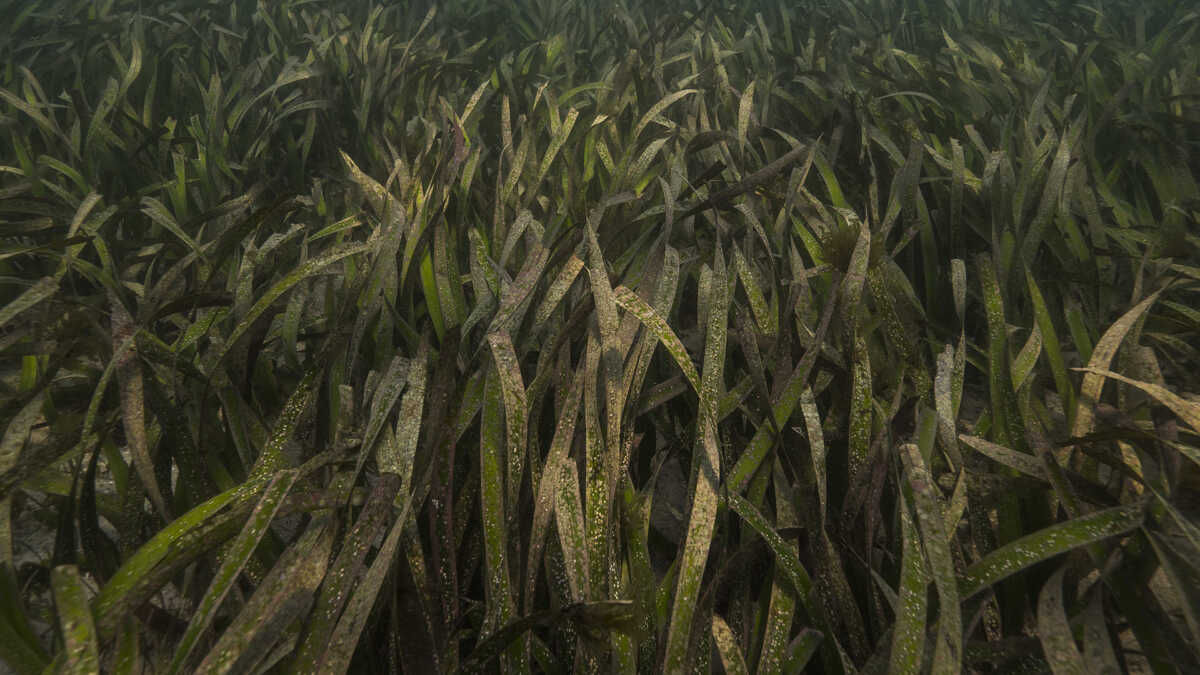
The wetlands are home to the world’s most southerly population of White Mangrove, and the largest area of Broadleaf Seagrass in Victoria. An estimated 75% of all fish species in Corner Inlet rely on Broadleaf Seagrass habitat at some point in their life cycle, making seagrass integral to this ecosystem. Recreational anglers can find key target species, including King George whiting and flathead.
Seagrass loss
There has been a decline in the extent of seagrass meadows in this area, with some parts showing a loss of up to 90%. The greatest threat to the seagrass is the reduction of light due to algae blooms and turbidity. Sediment and nutrient inputs entering the water from local catchments makes it worse as this is what algae blooms feed on.
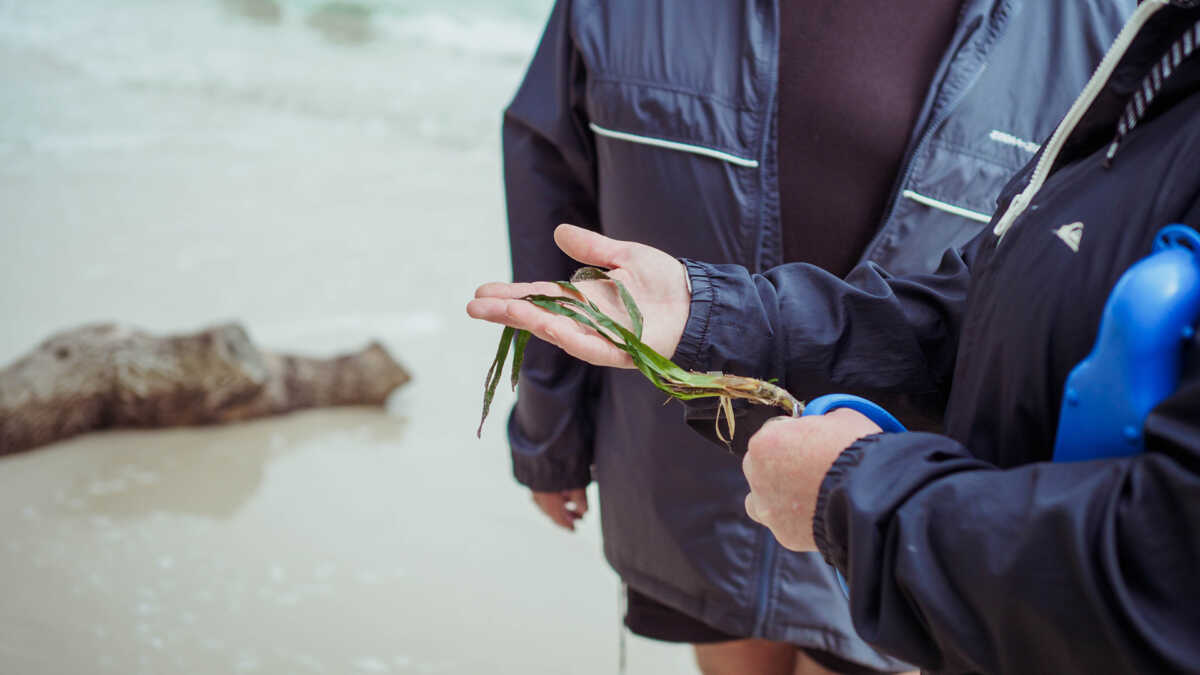
Restoration process
Recreational and commercial fishers will collect seagrass fruit after they float to the surface in late December/early January. The fruit will then be placed into tanks set up near the boat ramp at Port Welshpool, thanks to the support of Gippsland Ports.
Once the fruit germinate, fresh seeds will be taken back to restoration sites by fisher volunteers, returned to the water where they will sink to the bottom and settle to hopefully establish new beds.
To keep the seeds in place and help protect them, the sites will be prepared with sandbag snakes.
These are crafted from biodegradable hessian to create areas along the seafloor where there is less impact from the movement of tidal water.
Each snake will measure around 2 metres in length, filled with local river sand by volunteers and fishers. This methodology, whilst still experimental, has proven essential for previous Posidonia restoration on Corner Inlet, as it creates important shelter to assist seedlings during the establishment phase.

